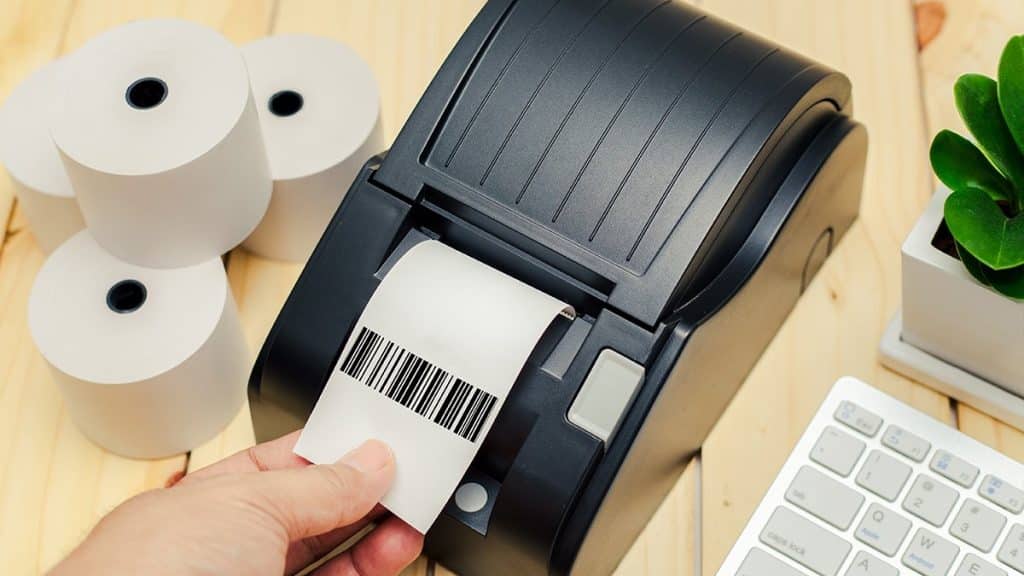Thermal paper is an essential component in various industries and everyday life. Whether getting a receipt at the grocery store or printing labels for logistics, thermal paper is the unsung hero behind it all. This article will explore thermal paper, how it works, and why it’s vital for businesses.
What is Thermal Paper?
Thermal paper is a specially coated paper that reacts to heat, producing text or images without the need for ink or toner. Its unique chemical composition makes it ideal for applications that require fast and clear printing.
The Composition of Thermal Paper
Thermal paper consists of three layers:
- Base Paper: The foundation of the product.
- Thermal Coating: Contains heat-sensitive chemicals that create the print.
- Protective Coating: Shields the thermal layer from damage and extends the paper’s lifespan.
How Does Thermal Paper Work?
When thermal paper passes through a thermal printer, heat from the printer head activates the heat-sensitive coating, producing sharp, black text or images. This process is efficient, fast, and requires no additional printing supplies like ink cartridges.
Common Uses of Thermal Paper
Point-of-Sale (POS) Receipts
One of the most popular applications is printing receipts. Thermal paper ensures that businesses can provide clear and smudge-free transaction records.
Labels and Tags
Thermal paper is also widely used in the logistics and healthcare sectors for barcode labels, price tags, and wristbands.
Lottery and Gaming Tickets
Its durability and clarity make it perfect for tickets that need to withstand wear and tear.
Benefits of Using Thermal Paper
Cost-Effective
Since thermal printers don’t require ink or toner, they save costs in the long run.
Fast and Efficient
Thermal printing is significantly faster than traditional printing methods, making it ideal for high-volume tasks.
Clear Print Quality
Thermal paper delivers crisp and easy-to-read prints, which are essential for receipts and labels.
Tips for Handling Thermal Paper
- Store Properly: Keep thermal paper in a cool, dry place to preserve its quality.
- Avoid Sunlight: Direct exposure to sunlight can fade the print.
- Use Compatible Printers: Ensure your thermal paper matches the specifications of your printer for optimal performance.
Environmental Impact of Thermal Paper
While thermal paper is convenient, it often contains BPA or BPS, which can have environmental and health implications. Look for BPA-free thermal paper options to reduce these risks.
Choosing the Right Thermal Paper for Your Needs
When selecting thermal paper, consider:
- Printer Compatibility: Check your printer’s requirements.
- Paper Size: Ensure it fits your machine.
- BPA-Free Options: Opt for safer and eco-friendly products.
Conclusion
Thermal paper plays a crucial role in modern business operations. From receipts to labels, its applications are vast and invaluable. By understanding how it works and selecting the right type, businesses can enhance their operations while being mindful of environmental impacts.
